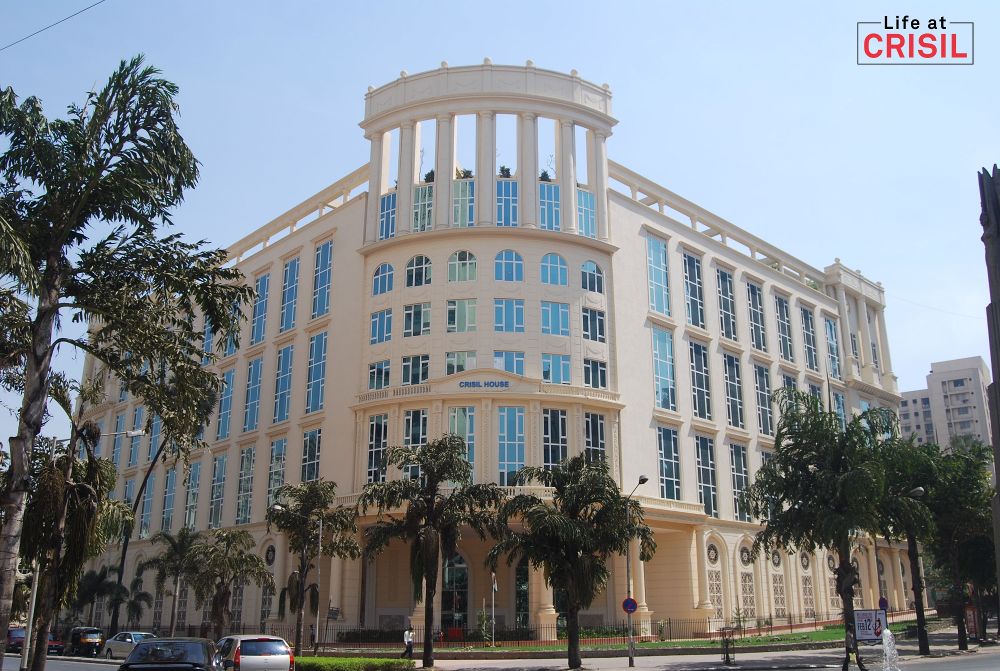ARCS
ARCs to find space in MSME, retail assets
In stressed assets market shift as NARCL takes birth and looks to handle big-ticket corporate loans, ARCs will find opportunity in fresh NPAs from retail and MSME segments.
In stressed assets market shift as NARCL takes birth and looks to handle big-ticket corporate loans, ARCs will find opportunity in fresh NPAs from retail and MSME segments.

Even as India’s bad bank takes shape and NARCL looks to handle big-ticket corporate loans, asset reconstruction companies (ARCs) will need to increasingly hunt for stressed assets in MSME and retail space.
What will support the ARCs’ shift towards retail and MSME segments is the opportunity in fresh non-performing assets (NPAs) coming from these two asset classes due to the Covid-induced stress on the economy.
“One factor that will support their (ARCs) shift towards retail and MSME segments is the opportunity in the form of incremental NPAs coming largely from these two segments in the current cycle, with lenders, including non-banks, increasingly putting these assets up for sale,” said Crisil Ratings director Subha Sri Narayanan.
This trend is already visible in the current situation with the pipeline of corporate loans drying up in the market. The micro, small and medium enterprises (MSME) and retail assets acquired by the ARCs rose to 44% in FY21 from just 4% a year ago.
Although the overall volume of debt acquired was lower in fiscal 2021, Crisil data showed that the non-corporate segments formed a 44% share, which is a stark increase from 4% two years back. Narayanan, however, cautioned that ARCs “have yet to demonstrate their recovery capability in the retail segment at a material scale."
It is not as if the corporate loan delinquencies are addressed but they are unlikely to be available for sale to the ARCS. Most of the public sector banks have set aside their corporate loans above Rs 500 crore to be shifted to the National Asset Reconstruction Company (NARCL) or the bad bank, which is now closing fruition.
A clear market segmentation is going to take place in the stressed assets space, with players having different focus areas. Availability of capital, debt aggregation capability and operational infrastructure will define the positioning of each player.
“The National ARC, given its stated mandate and access to capital, is expected to dominate the large corporate segment. Mid-corporate assets, where ARCs have a relatively better recovery track record, could be a play for them as well as for stressed assets funds,” said Crisil senior director and deputy chief ratings officer Krishnan Sitaraman.
In the retail and MSME segments, however, ARCs have the opportunity to create niches. These segments need an operationally intensive set-up that other investor classes are unlikely to be interested in creating, Sitaraman added.
Given the higher operating expenditure needed, volume, he said, will be key to profitability in this segment.
ARCs have been facing headwinds in the past two fiscals, with assets under management (AUM) – as measured by security receipts (SRs) outstanding – contracting after a strong run-up in the previous five. Between fiscals 2015 and 2019, their AUM had expanded steadily on supportive regulations introduced in fiscal 2014. But that trend then reversed in fiscal 2020 with a 4% contraction and a 1% decline in FY21 to Rs 1.07 lakh crore.
While the slowdown is partly attributable to the general macro environment, which has hindered consummation of deals and heightened risk aversion among investors, a few structural trends are also at play, Crisil pointed out.
Banks prefer to retain only a limited share of security receipts (SRs) for assets sold due to the stringent provisioning norms on holding these. On the other hand, ARCs in most cases hold only the regulator-mandated 15% of SRs. This results in a gap that has to be bridged either by the ARCs holding a larger proportion of SRs or by attracting external co-investors.
This marks a significant shift from the past where till fiscal 2018, almost all the SRs were subscribed to by either the selling institutions or the ARCs. Post the revised provisioning norms, the share of external investors in cumulative SRs issued increased sharply to 12% as on March 31, 2019, from 3% as on March 31, 2018, primarily due to some large assets that attracted investors. However, the trend has not continued at a similar pace and co-investors have been selective. This is partly responsible for the lower growth of ARCs in fiscals 2020 and 2021.
The second structural reason is that lenders now have more options like the Insolvency and Bankruptcy Code, 2016 (IBC), for resolution of stress. The RBI’s June 2019 Prudential Framework for Resolution of Stressed Assets also gives banks the option to resolve stressed assets outside the legal process.
Volumes in the retail and MSME segments are, however, unlikely to match those seen between fiscals 2014 and 2019, which was a period of growth led by corporate assets. Nevertheless, ARCs that get it right can make profits.
Growth remains fundamentally dependent on ARCs’ ability to attract capital. Given that capital is expected to really flow towards the platform that is the most effective, it will be critical for ARCs to demonstrate their differentiated recovery ability in order to remain relevant to stakeholders, the report said.
The SR redemption ratio, which improved to 32% in March 2021 as against 17% three years ago, is one of the gauges for success, it said. The agency said that the early successes from IBC related to the resolution of a few large-ticket assets. Overall recovery, however, remains lower than expected, it added.
ARCs are expected to circle stressed accounts in the MSME and retail segments in the near-to-medium term, given the twin challenges of inadequate funding access and intensifying competition once the proposed NARCL materialises, the Crisil report summed up.
